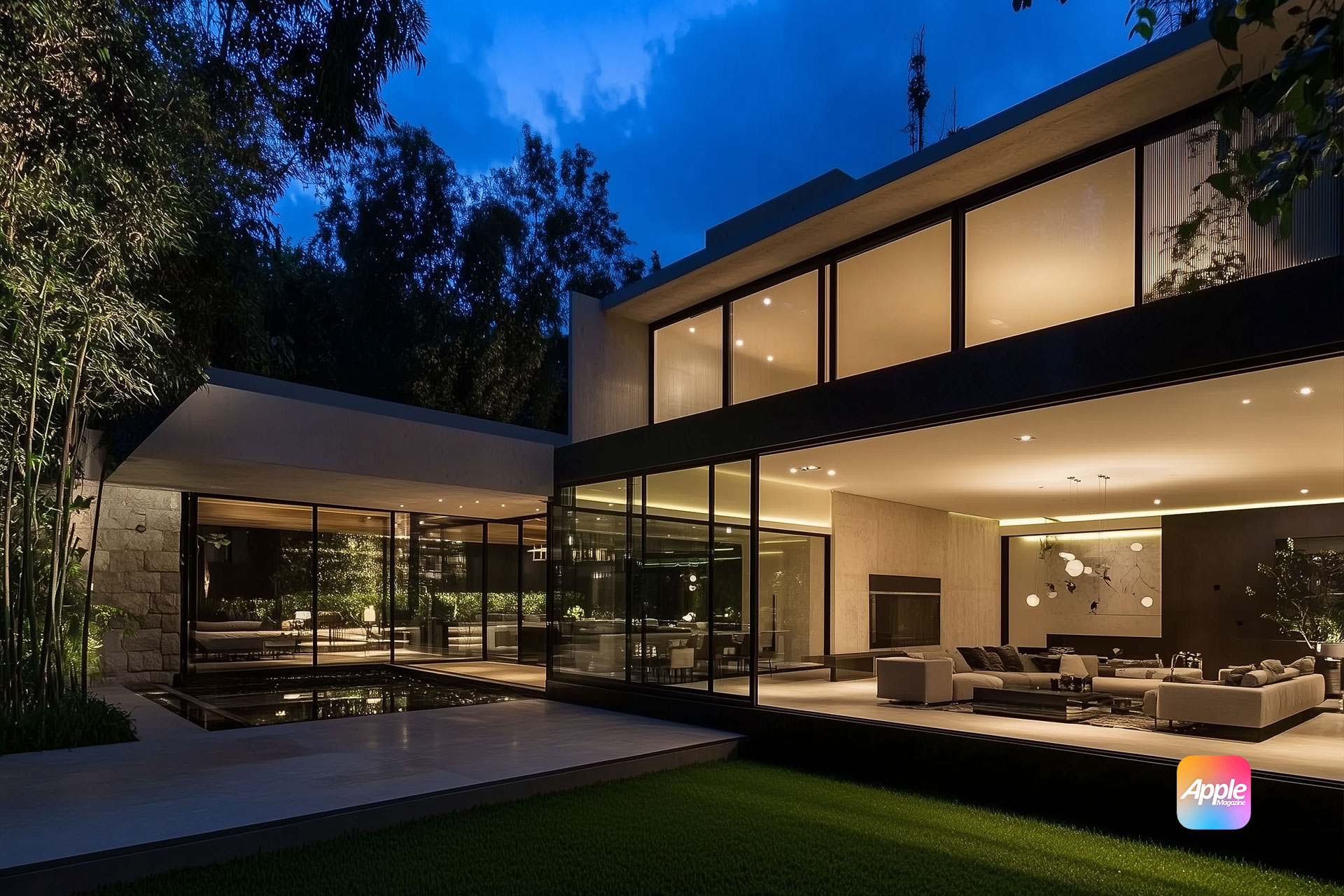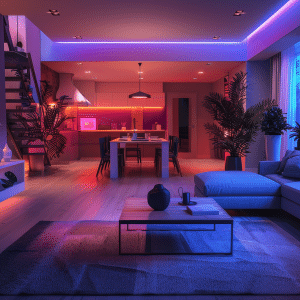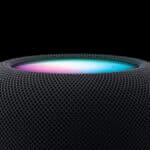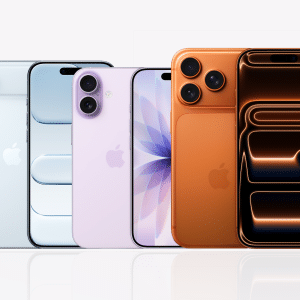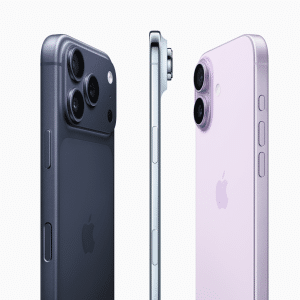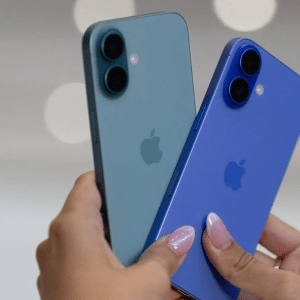The filings fuel speculation about Apple’s long-rumored smart home hub, often described as a HomePod with a square, iPad-like screen. This device, expected to enter mass production in Q3 2025 per analyst Ming-Chi Kuo, could run homeOS, enabling users to control smart home accessories, make FaceTime calls, use Apple’s intercom feature, and potentially integrate a home security camera. That homeOS references appeared in Apple job listings and tvOS 17.4 code, suggesting a software platform distinct from tvOS, which currently powers HomePods. The hub’s screen, mountable on a wall or attached to a speaker base, aims to centralize smart home management.
What homeOS Could Mean for Users
For Apple users, homeOS could streamline smart home control, addressing gaps in the current Home app and HomePod ecosystem. Unlike tvOS, which is tailored for Apple TV’s streaming focus, homeOS would likely optimize for home automation, integrating devices like smart lights, thermostats, and locks via HomeKit, Apple’s smart home framework. That the hub could support FaceTime video calls and intercom functionality, making it a versatile communication tool. For example, users could call family members in another room or monitor a front-door camera from the device’s screen.
The hub’s potential A18 chip, would deliver robust performance for tasks like real-time video processing or running Apple Intelligence features. A smart home hub running homeOS could act as a central brain for HomeKit, reducing reliance on iPhones or iPads for setup and control. This is a practical win for users seeking a unified, privacy-focused alternative to Amazon’s Echo Show or Google’s Nest Hub, which often require cloud-based processing. Apple’s on-device processing, a hallmark of its ecosystem, ensures data stays local, appealing to privacy-conscious consumers.
Challenges and Context
Apple’s smart home ambitions face hurdles.That delays in advanced Siri features, critical for the hub’s voice control, may push the launch to 2026. Siri’s current limitations, as highlighted by AppleInsider, underscore the need for near-perfect voice recognition to compete with Alexa or Google Assistant. For instance, controlling a smart thermostat or security system requires 99.9% accuracy to avoid user frustration. Apple’s focus on refining Apple Intelligence suggests homeOS will lean heavily on AI for contextual commands, like adjusting lights based on time of day or user habits.
The trademark filings, first spotted by Parker Ortolani and reported by 9to5Mac, don’t guarantee an imminent launch. Apple often files trademarks proactively to protect future ideas, as seen with past filings for “realityOS” or “AirPods.” However, WWDC 2025’s “Sleek peek” tagline and unified “26” naming for iOS, macOS, and tvOS suggest a cohesive software strategy, potentially including homeOS 26. MacRumors forums reflect mixed sentiment, with some users excited about a dedicated smart home platform, while others question Apple’s execution given past HomePod struggles.
Looking Ahead
If unveiled at WWDC, homeOS could redefine Apple’s smart home ecosystem, offering a user-friendly, privacy-first platform for controlling connected devices. The hub’s versatility—doubling as a speaker, display, and security system—could make it a compelling choice for Apple loyalists. For casual users, it simplifies home automation without requiring technical expertise, while enthusiasts gain a powerful hub for HomeKit integration. As Apple prepares for WWDC, homeOS signals a bold step toward a connected home, grounded in practical innovation rather than unverified hype.


